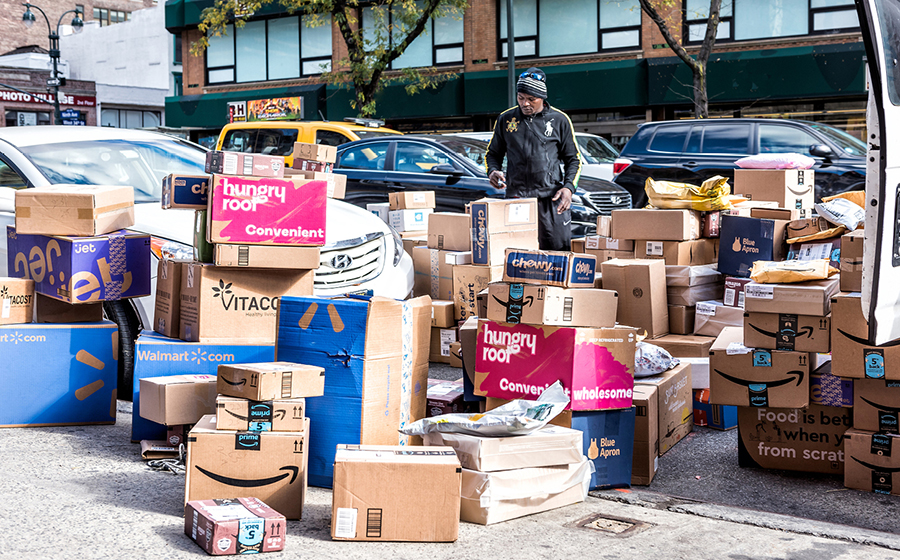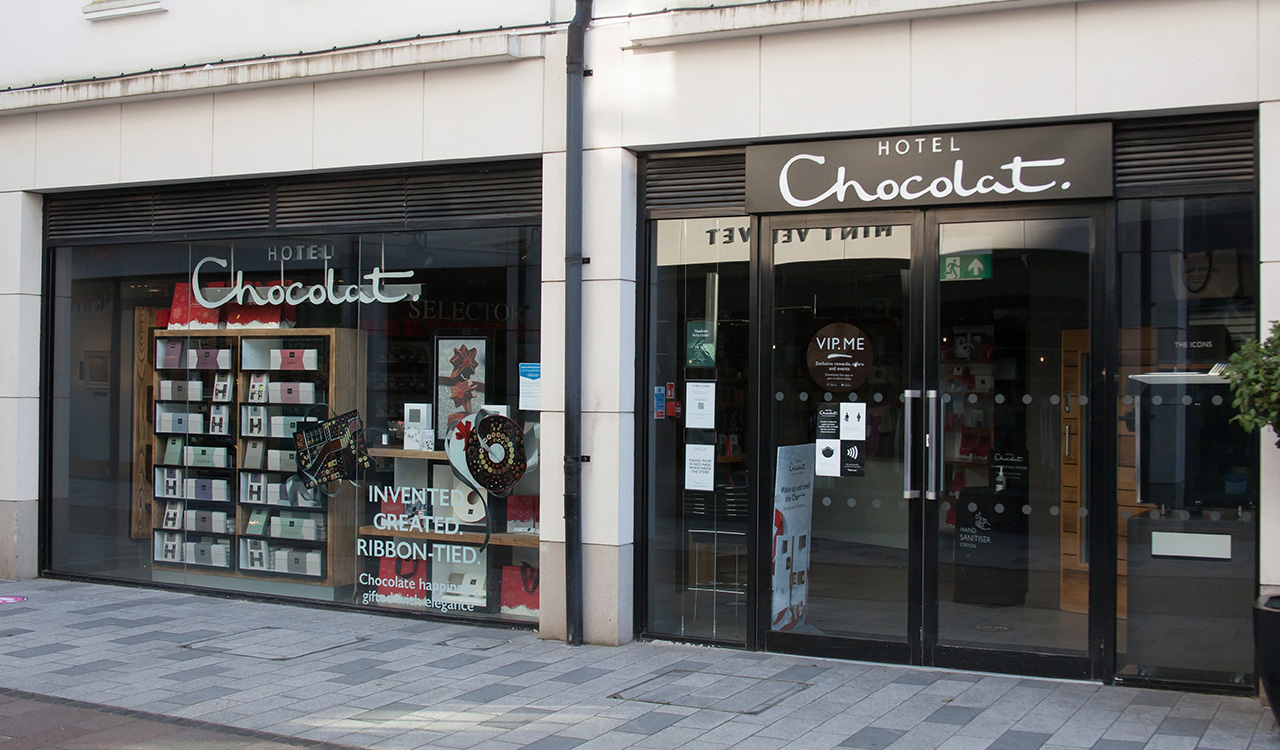It started with another miserable Friday night at LaGuardia Airport. The flight from Atlanta was delayed. A 20-minute wait in a taxi line and an hour traffic jam after midnight trying to get through the midtown tunnel. I hit my bed just before 2:00 AM.
I was torn from the arms of sleep at 8:10 in the morning with someone leaning on the doorbell of my first-floor West Village apartment. Just another lost delivery person with one of my neighbor\’s uber-eats breakfast. About 20 years ago, we had a mailman, a FedEx driver, the UPS man and the faithful delivery person from the local Chinese restaurant. They knew the building and even if they didn\’t, they understood the protocols of urban delivery. My informal count was that in the past week we had more than 20 different delivery persons other than our trusty mailman trying to get in the door of our 10-unit building.
Later that same day yet another delivery person made it through the front door by buzzing every single apartment. As I was walking out my front door, his package was angerly thrown at my feet as he bolted. Again, something for another neighbor. Please understand I sympathize. Our single-family home and urban buildings weren\’t crafted with Amazon Prime in mind, much less uber-eats. In the suburbs there is no standardization of where and how houses are numbered. Google maps works well in Greenwich Connecticut and in most parts of Silicon Valley — and progressively less well as you move down the income ladder, especially in aging communities east of the Mississippi.
Delivery Breakdown
Urban delivery is perfect if you live in a nice doorman building – but at least in Manhattan, that makes up less than 5 percent of our residences. Friends living in up-and-coming Harlem report UPS calls asking them to come down to a nearby street corner to accept a delivery. In my own building, the buzzer at the front door is not organized by floor or apartment number – for security reasons. There are no apartment numbers on the front doors. No wonder the first-time or occasional visitor gets lost.
For all the optimistic press releases about same and next day delivery, how well does the system work and can it really adapt to our residential realities? This isn\’t about robots — it\’s about the chaos of analog items making their way through to the customers that have paid for them. And no, this isn\’t about how clever Kohl\’s is for facilitating Amazon returns – it\’s about getting it to us in the first place.
Delivery Carbon Footprint
We can talk about climate change and gridlock in our cities, but not confront the broader implications of the explosion of delivery vehicles. The carbon footprint of same-day or next-day delivery is shameful. It isn\’t just the delivery process, but also about all the packaging material it involves. Added to that, the delivery person isn\’t always a professional driver, but someone struggling in the informal gig economy. At what point in the not too distant future does the whole system break down?
Plus, what does it say about our screen obsessed, coach potato lives where convenience is getting to the front door and exercise is about taking out the garbage? We can talk about saving time and staying away from the impulse purchase in-store, but how does that really relate to the timeless skill of being a good and responsible consumer?
Don\’t talk to me about drones. They are great for gated communities and exurban homesteads, but how much of Brooklyn and East St. Louis is delivery drone-able?
Alternative Solutions
In India the small Kiranas — local convenience stores — do much of their business via mobile phone orders. Most orders are small and the delivery people are often the young children of the shop owner. The evolution of hub-and-spoke delivery is worth considering. A small office in each neighborhood accepts your delivery. You can pick it up, or for a charge, have it delivered. What if food delivery systems were standardized – not unlike the Indian lunch delivery systems called Dabba or Tiffin – something that keeps the heat and most importantly is recyclable.
Where is the Responsible Delivery Act? Let\’s set some standards. My packaging industry friends ask the key question: what if packaging were not recycled, but repurposed. At risk of offending someone, somewhere, what if that package were edible – if not by humans then by animals. What if boxes weren\’t made of cardboard but standardized reusable plastic bins – a household version of shipping containers or mini boxcars.
Green planet issues are real, and government (not to mention big business itself) is failing in its responsibility to keep up with the evolution of shopping. Just as commercial buildings have fire codes and construction standards it\’s time to apply the same principles to changing digital delivery of analog stuff.





